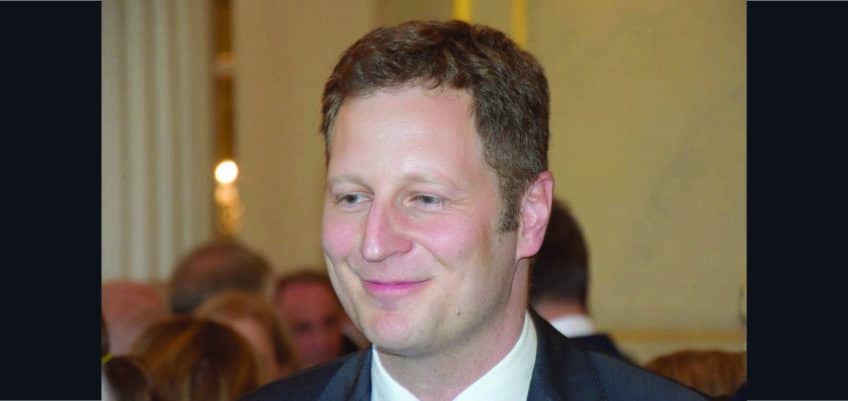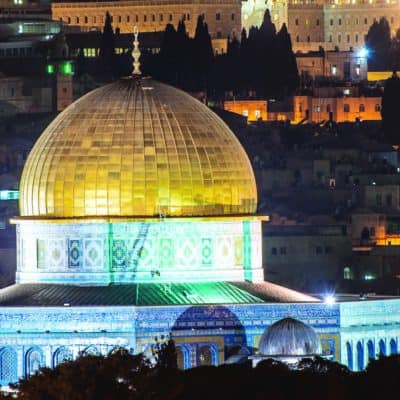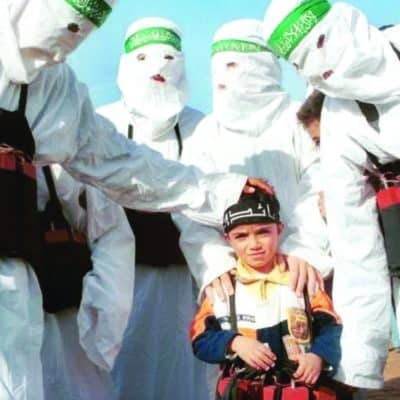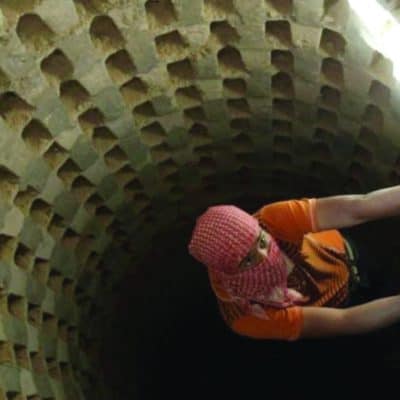To enter Berlin’s biggest building site the tall, rangy man puts on a blue hard hat and a high-visibility jacket emblazoned with Besucher – visitor. But the 38-year-old is no ordinary visitor; his liquid eyes and distinctive profile suggest as much. Here, in 1914, Kaiser Wilhelm II announced Germany’s entry into the first World War. Exactly 100 years later, standing on the same spot, is Georg Friedrich Prinz von Preussen: the man who would be kaiser.
The war cost Wilhelm his crown and his palace, which was demolished in 1950. But today the Prussian palace is rising again from Berlin’s sandy soil, this time as a state museum. Standing on the rough concrete second floor, Prince Georg marvels at the sight, then shifts his gaze to Berlin’s cathedral, where his ancestors lie. It’s a strange moment of joy and pride, he says, to stand where everything began for his family.
“I have never let myself be stigmatised by my past,” he says. “We cannot choose our past; we have to live with Germany: the bad and the good.”
The royal house of Hohenzollern and Prussia have polarised European opinion even longer than they dominated its history. The kingdom of Prussia was the linchpin of the unified German Reich in 1871 but, in Winston Churchill’s damning 1943 verdict, the “source of recurring pestilence” in Europe.
WANT TO READ THE REST OF THIS ARTICLE?










Commentary: Crush of Crises
The sheer volume of raging crises has grown so large, it is getting difficult to keep...